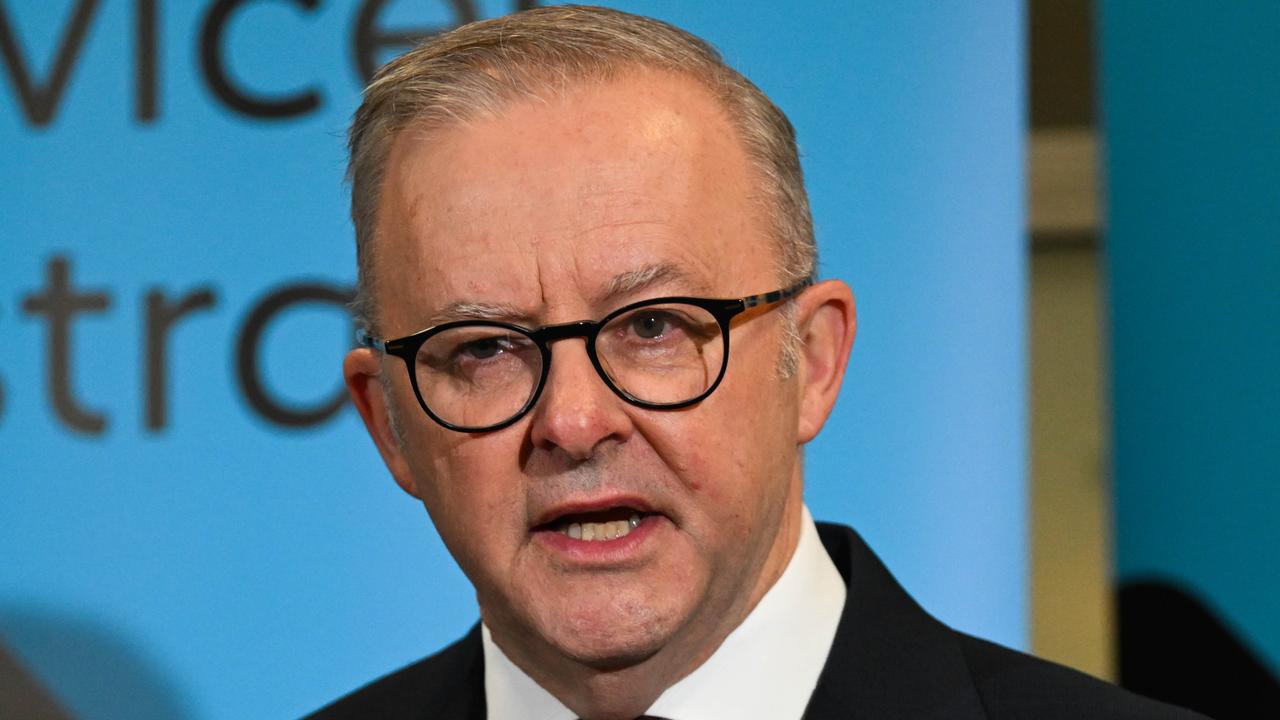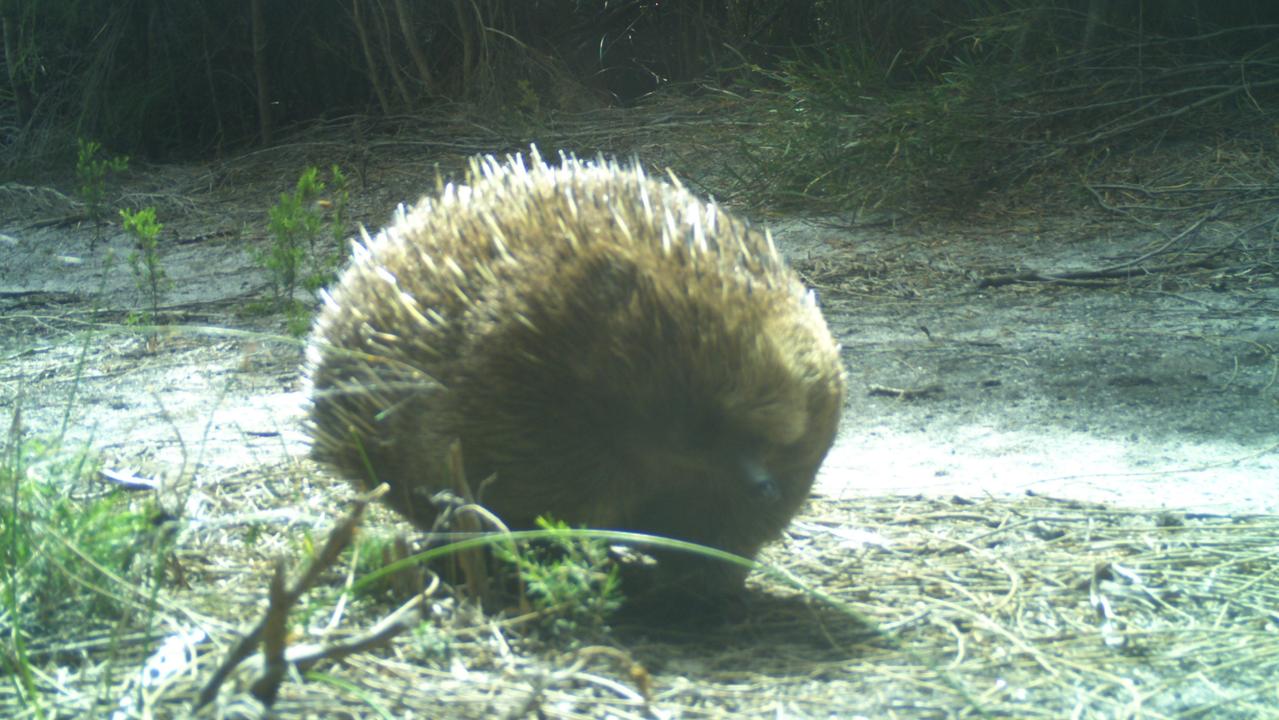ANU researcher Dejan Stojanovic says 2016 is a bonanza breeding year for endangered swift parrots
SWIFT parrots are heading for a boom breeding season in Tasmania, with babies hatching in man-made nesting boxes for the first time. WATCH THE VIDEO
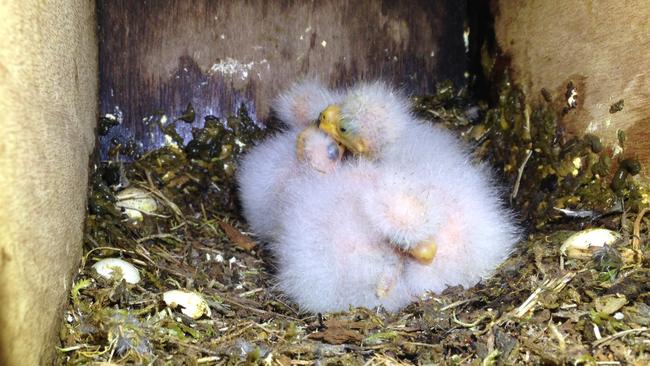
SWIFT parrots are heading for a boom breeding season in Tasmania, with babies hatching in man-made nesting boxes for the first time.
The endangered species has nested in 20 specially made wooden nesting boxes on Bruny Island, most of which have eggs.
Swift parrot researcher Dejan Stojanovic said it was a world first.
“This is the first time a wild parrot has hatched in a nesting box,” said Dr Stojanovic, from the Australian National University.
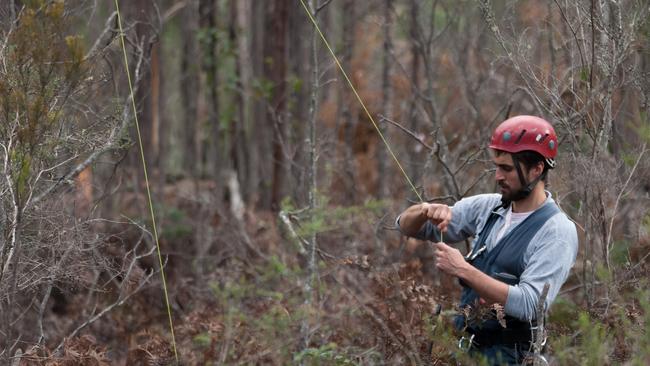
So far eggs in two of the nesting boxes have started to hatch, with the first hatching five days ago and more coming by the day. One box contains five young, and another six.
About 200 nesting boxes have been placed in trees on Bruny Island, in southern Tasmania’s D’Entrecasteaux Channel, to make up for the lack of natural tree hollows.
Dr Stojanovic said only about five per cent of naturally occurring tree hollows were suitable for swift parrots, so the birds struggled to find suitable places to nest.
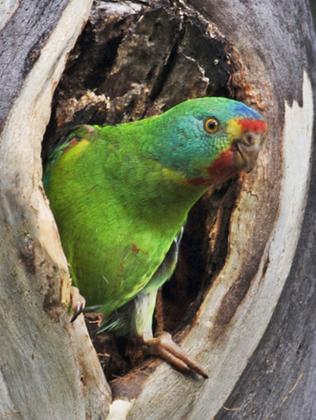
While researchers were not sure whether the parrots would accept the man-made accommodation, the boxes have been taken up with enthusiasm.
“Part of this experiment was to test whether they would actually use the boxes — we have proven that is the case,” Dr Stojanovic said.
Materials for the boxes were funded through crowd funding and an NRM South grant, and they were built by members of the Green Army and the Weetapoona Aboriginal Corporation.
The shortfall of natural tree hollows has also been supplemented by specially made tree hollows carved out by arborists, which are also in use by the parrots.
#BREAKING world first swift parrots hatch in nest boxes on #Brunyisland pic.twitter.com/sRCVj2esdn
— SWIFT PARROT (@teamswiftparrot) October 25, 2016
A team of arborists from Victoria came down to help build swift parrot homes after learning about the destruction of old growth trees near Buckland, which housed the parrots’ favourite nesting hollows.
MORE: SWIFT PARROT NESTING TREES CUT DOWN
The Victorian Tree Industry Organisation, which organised the project, chained out tree hollows with chainsaws.
Dr Stojanovic said this breeding season the parrots had taken up all the available natural hollows, and were seizing the man-made opportunities as well.
He expected the extra nesting sites would see greater numbers this year.
“This is a bonanza year for swifties,” he said.
There are fewer than 2000 swift parrots globally, with Tasmania their main breeding site.
Originally published as ANU researcher Dejan Stojanovic says 2016 is a bonanza breeding year for endangered swift parrots

